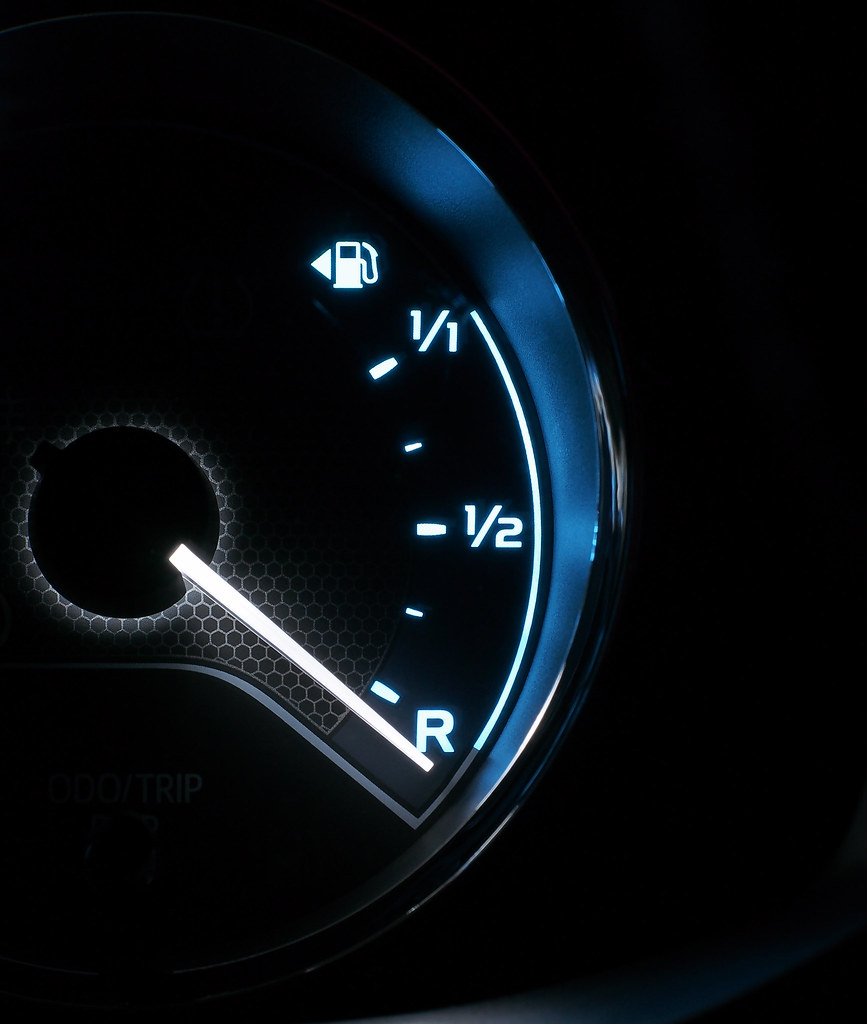What is Insurance Excess?
At the outset of any claim, you and your insurance company agree on a figure.
Let’s assume you’ve collided with another vehicle in the supermarket parking lot. Your insurer will pay for the damage, but you must first pay a predetermined amount toward the repairs.
You’ll have one for every insurance policy, except life insurance policies which do not have an excess. When you get your policy, the insurer sets a required excess amount based on your risk profile and other factors. Typically, the smaller the premium you pay as a result of having an excess, the more premium you save by paying in advance, so finding that balance is crucial.

What You Must Pay vs. What You Choose to Pay
The lowest amount that you may agree to is known as the “compulsory excess.” Your insurance provider will choose the excess level based on your circumstances. For example, if you get a motor insurance policy, the compulsory excess might be calculated using your age and driving history.
The policyholder decides the amount of excess that is voluntary, which is then added to the compulsory excess determined by your insurance company. Your insurance premiums are most likely to be lower if you accept a greater excess, however, you’ll have to pay a bigger upfront payment if you make a claim, so be sure you can afford whatever you agree to pay.
Remember, you must pay both the required and optional excesses at the start of a claim.
How It Works
Let’s pretend your house requires minor repairs and you owe $1,000 in bills. Your required excess is $150, but you agreed to pay a voluntary excess of $200. As a result, you must first pay the overall excess of $350, and the insurance company covers the remaining $650.
In the UK, if you have collision damage on your automobile and you’re not at fault, you typically pay the excess. However, if your insurer is able to recover it from the guilty party, they’ll return it to you later.
Making Changes to Your Excess
You can’t alter the amount of excess required by your policy. This number is determined by the risk factors that increase or reduce the likelihood of accidents.
Your voluntary excess may be adjusted or eliminated when you acquire your policy, or when it is renewed.
Before you take out the policy, make sure to read the small print to understand exactly what excesses you’re committed to.
Keeping Track of Your Costs
Check your policy specifics and the terms and conditions to find out how much extra you’ll have to pay if you make a claim.
Excess Around the Home
Home insurance covers a variety of events and other problems, each with its own level of excess. As we’ve said, the term “compulsory excess” refers to the amount you must pay above and beyond your policy limit if an accident occurs.
If one of your pipes bursts, this is considered an “escape of water claim,” which comes with a $450 finesse. If you have subsidence, you could be required to pay a fine of up to $1,000 depending on your property’s history or the neighbourhood you reside in. Consider this while deciding what level of voluntary excess you would want to pay.

Excess on the Road
The compulsory excess fee for cars is based on variables like:
- Age
- Value of car
- Claims history
- Excess costs for windscreen damage are normally modest.
You’ll pay a higher excess if your car is insured under one of our motor insurance plans. The standard excess for third-party, fire, and theft coverage is $250, while the default maximum for completely comprehensive policies is $350; however, you can choose any amount from $150 to $1,050.
There are situations when you don’t have to pay the excess, such as:
- You can also release the name, address, and contact information of an unlicensed driver if you’re involved in a collision with one.
- if someone else is making a claim against you
- You may still be required to pay upfront, so you should always double-check that the amount of excess you agreed to is one you can afford, regardless of how safe a driver you are.



